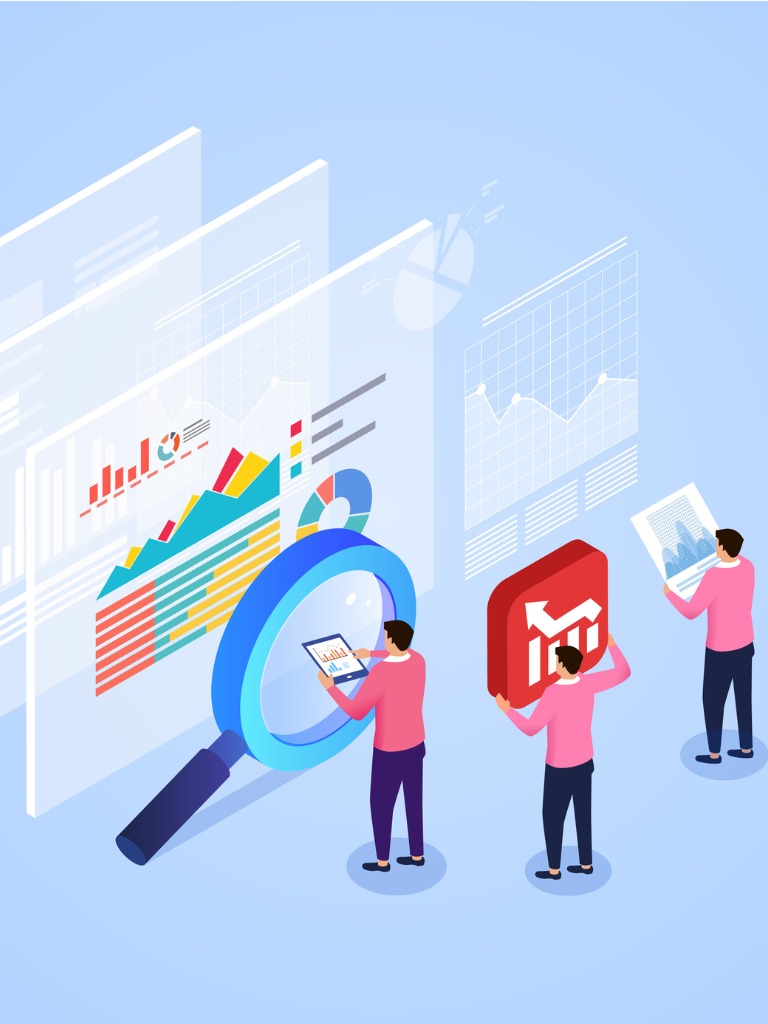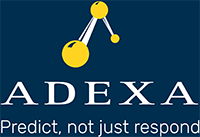Is S&OP the Answer for an Agile and Resilient Supply Chain?
Almost all of today’s S&OP solutions offer some level of visibility into the future and help to make decisions when things go wrong. For example, if there is an increase in demand or a late supply, users can use the system to make a decision. The chances are that the decision is not optimal, however one that the company can live with. The reason is that, in order to make an optimal, not necessarily optimum, decision, one has to consider millions of variables which the systems are capable of doing. But not the way the current S&OP solutions are designed. They rely heavily on users’ manual intervention.
Since the 80’s, Technology has changed but the logic of the S&OP systems continues to be based on the technology of spreadsheets. They assume fixed lead-times, bucketed capacities and pre-defined bottleneck resources. The inaccuracy in these plans results in excess or too little inventory, inaccurate commitments to the customers, and separate processes and systems to perform the firefighting, the problems in executing the plan, created by S&OP and could have been avoided. The centralized approach of S&OP inherently suffers from decision and data latency and the plans are in conflict with the realities of execution and S&OE process.
In order to achieve a continuum of planning and execution, a unified model based on a distributed environment with intelligent sensors are the basic ingredients. A unified model creates the continuity that is needed in planning and execution, beyond just integration of the two. Planning and execution must be parts of the same, inextricable. Furthermore, in order to avoid data and decision latency, intelligent sensors, or agents, are deployed to monitor certain events or alerts based on their designated “job functions,” and can immediately respond and learn from their experiences to get better. We refer to these agents Adexa Genies or Qs. Each Q has a specific job function such as monitoring supplier behavior, shipping and transportation, customer behavior, weather issues, cost over runs, equipment efficiency changes, re-planning amongst others. The entire architecture is based on the concept of edge computing where much of the work is done by the intelligent processes at the edges, not centrally.
Now a days we are planning not just to maximize profit and/or minimize cost, but also regional regulatory issues, sustainability factors and reducing carbon emission, as well as geopolitical events that need to be built into the plan and execution thereof. To this end, the systems must be flexible, adaptable and intelligent enough to make and recommend decisions interacting with humans in a metaverse of planning connecting the physical and digital worlds. Such that the digital drives the physical. To learn more on distributed planning technology click Here.



